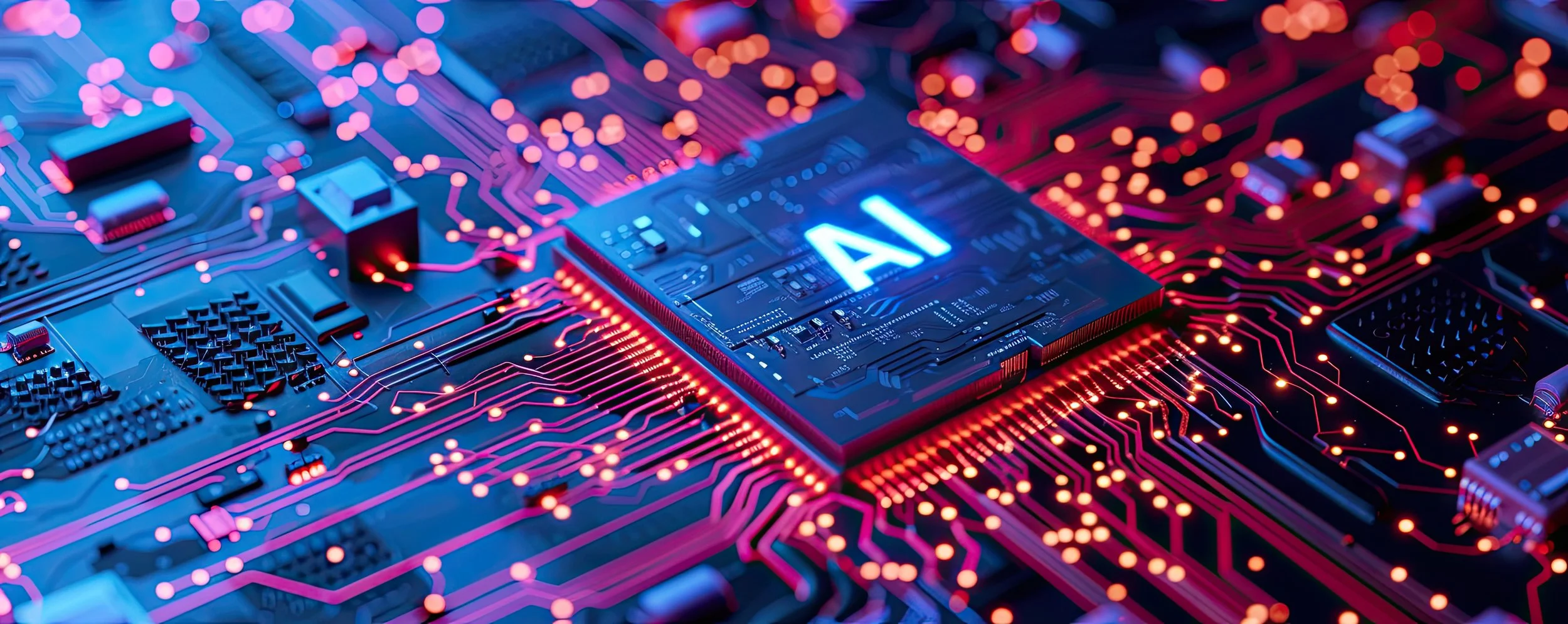Hard Tech Enablers: The AI Computing Power Crisis Driving Semiconductor Innovation
The semiconductor industry stands at a pivotal moment. As artificial intelligence transforms our world, the demand for more powerful computing is growing at an unprecedented rate. Market forecasts tell a compelling story: the GPU (Graphics Processing Unit) market, essential for AI computing, is expected to surge from $44 billion in 2024 to $274 billion by 2029 – a growth trajectory that outpaces nearly every other semiconductor sector.
But this explosive growth comes with equally massive challenges. The semiconductor industry must radically innovate to keep pace with AI's insatiable appetite for computing power. Today's AI applications are pushing the boundaries of what current semiconductor technology can deliver, creating urgent demand for breakthrough solutions in chip design, manufacturing, and thermal management.
The Perfect Storm: AI's Growing Appetite
Consider this striking statistic: a single ChatGPT query consumes 6-10 times more power than a traditional Google search. This isn't just an interesting data point – it's a warning sign of the challenges ahead. As AI applications become more sophisticated and widespread, their energy and computational demands grow exponentially.
This increasing power density is creating what industry experts call "the perfect storm." Modern GPUs, like NVIDIA's latest offerings, now consume over 1,000 watts of power – a level that would have seemed impossible just a few years ago. This isn't just about raw power consumption; it's about managing that power in increasingly compact spaces while maintaining performance and reliability.
The Three-Headed Challenge
The industry faces three interconnected challenges that must be solved simultaneously with hard tech innovations:
1. The Lithography Barrier
Lithography, the process of etching microscopic circuits onto silicon wafers, has long been the backbone of semiconductor advancement. But we're approaching physical limits that challenge our ability to make circuits smaller and more efficient. The latest lithography tools cost upward of $350 million each with only ASML as a supplier. Only a handful of companies can afford to operate these tools, with several of those companies deferring adoption of this technology for a few more years.
The complexity of modern chip designs adds another layer of difficulty. As we move to more sophisticated architectures like Gate All Around (GAA) structures, the manufacturing process becomes increasingly challenging. Each step must be perfect, as a single misalignment or defect at the nanometer scale can render an entire chip useless.
2. The Packaging Predicament
As advanced node chip manufacturing becomes more difficult and expensive, the industry is increasingly turning to 3D packaging – stacking chip components vertically rather than trying to embed total functionality into a single chip. While this approach offers promising solutions for density and performance, it introduces new challenges in thermal management and manufacturing complexity.
The shift from traditional packaging to advanced 2.5D and 3D solutions isn't just a technical challenge – it's also an economic one. The industry must balance the benefits of these new approaches against their higher costs and manufacturing complexities.
3. The Thermal Threshold
Another critical challenge is thermal management. As chips become more powerful and densely packed, they generate more heat in smaller spaces. This isn't just an engineering problem; it's a fundamental barrier to advancing AI computing capabilities.
Current solutions are approaching their limits. Traditional thermal interface materials (TIMs) struggle to efficiently dissipate heat from modern high-performance chips. Without breakthrough innovations in materials for thermal management, the industry risks hitting a performance ceiling that could limit AI advancement.
The Stakes Are Higher Than Ever
These challenges aren't just technical problems for semiconductor engineers to solve. They represent potential bottlenecks that could slow the advance of AI and, by extension, countless innovations across industries. From autonomous vehicles to medical research, the solutions we develop for these semiconductor challenges will have far-reaching implications.
The data center use case offers a perfect example of what's at stake. As AI workloads grow, data centers are struggling with power consumption and cooling challenges. What makes this particularly crucial is that data centers already account for approximately 1% of global electricity use, with AI computing demands being likened to Bitcoin mining in terms of energy intensity. The semiconductor industry's ability to deliver more efficient, powerful chips isn't just about technological advancement – it's about enabling sustainable growth of our digital infrastructure. This challenge is becoming more urgent as major tech companies plan to invest nearly a trillion dollars in expanding data center capacity specifically for AI computing needs. However, innovative solutions are emerging, such as \ finding ways to transform this energy challenge into an opportunity by recycling waste heat for community use.
Looking Ahead
The semiconductor industry has a history of overcoming seemingly insurmountable challenges through innovation. Today's challenges, while daunting, are driving a new wave of creative solutions and breakthrough technologies. In next week’s Part 2 of this series, we'll explore the innovative solutions emerging across the industry, from novel materials to revolutionary new approaches to chip design and manufacturing.
These solutions aren't just incremental improvements – they represent fundamental shifts in how we think about semiconductor technology. As we'll see, the path forward involves not just traditional semiconductor companies but also startups and research institutions bringing fresh perspectives to these challenges.

